American-born artist Marina Debris constructs art in the form of “trashion” using washed up trash from the beach. Her work focuses on reusing trash to raise awareness of ocean and beach pollution. Debris’ “trashion” shines a light on the ever-growing problem of ocean garbage and the collective wasteful habits of humans. Debris’ materials are used exactly the way she finds them, the way the ocean brings them to shore. The smelly, dirty and old materials illustrate the severity of the problem, making individuals uncomfortable to the point where they are forced to care. Her creative approach is done with the intent to shock people and force them to confront the issue.
Debris grew up on the East coast of the United States, loving art, the ocean, fashion and New York City. She studied metalsmithing at Indiana University and graphic design at the Rhode Island School of Design. She is currently preparing for several upcoming exhibitions, one currently based at the Australian National Maritime Museum. Recently, Arts Help journalist Chandni Bhatt interviewed Debris to find out more about her inspiring artwork.
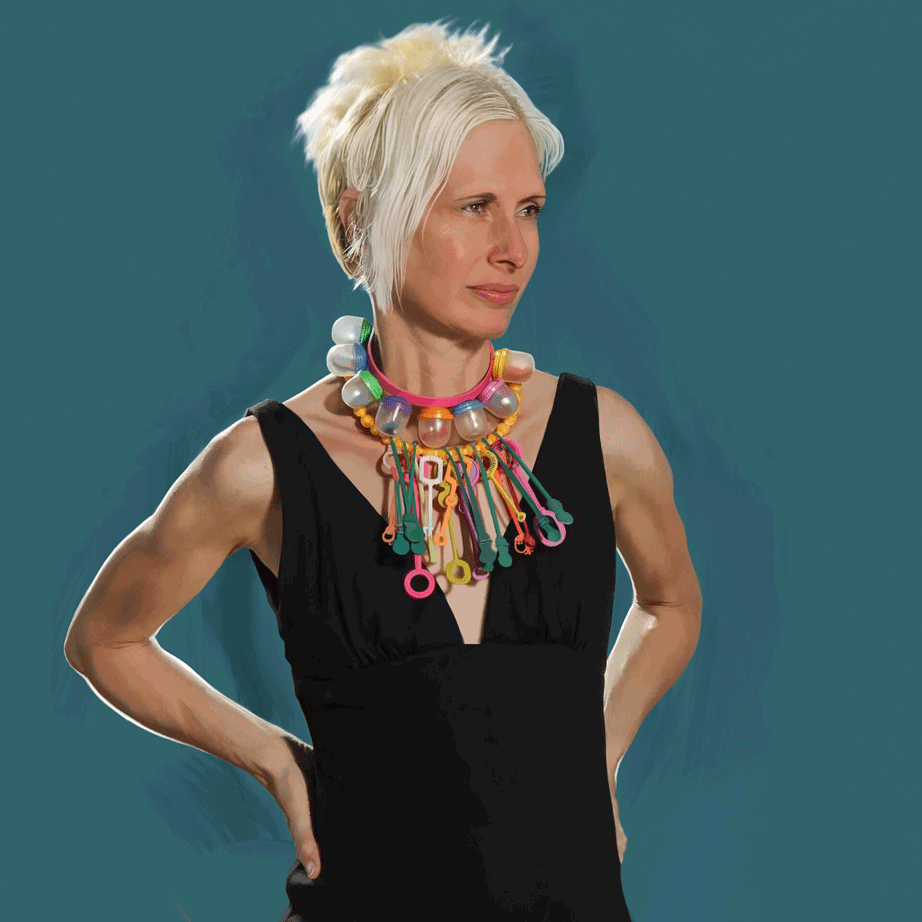
How did you first get into creating art and what inspires your artwork?
I always loved art, and especially working with my hands. My mother used to make our toys. I can't remember a time I wasn't crafting something. My inspiration began when I found out about how human actions were destroying other species and the environment and continue to do so even today. I use whatever skills or talents I have to make a difference and shine a light on the problem.
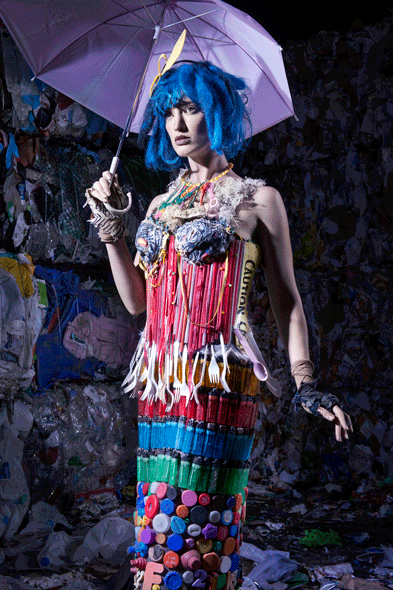
How has your work changed the way you see the world from a sustainability point of view?
I guess my work has changed my view of the world by making me more frustrated by the growing amount of single-use items we continue to produce. Even though the awareness is there, many people think it is not their problem. In developing countries I can understand the challenges but in countries like Australia that have alternatives and waste management systems, we simply have to try harder.
What is the emotion you hope to evoke with your work?
Horror and disgust. I want my work to get people to stop and think about every purchase they make. I want them to question “do I need it, can I reuse it, what will happen to it at the end of its life, were any species harmed in its production, what chemicals were used, can I make it or grow it myself? Etc.” I know it sounds like a lot and it can get daunting, however it's a fun game to consider, especially when there are so many environmentally-friendly alternatives today. It is important to educate yourself on all aspects of climate issues and do what you can to make less of a footprint.
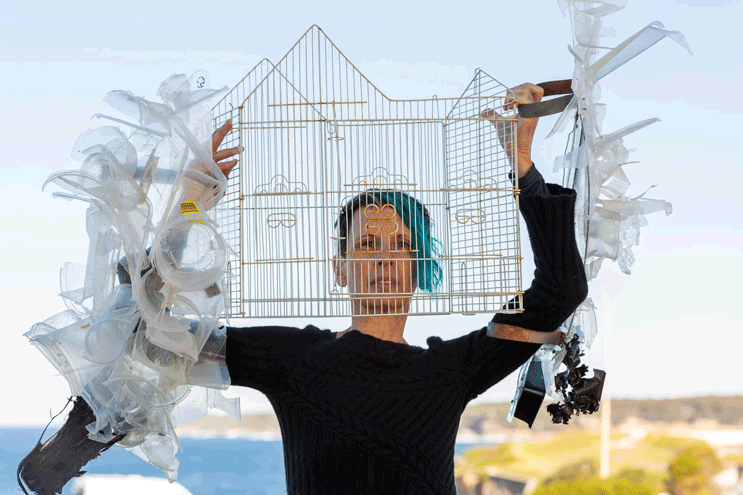
How does your personal background and history affect your work?
My mother was a photographer and my father, an engineer. I think I inherited some artist genes from my mother and more practical skills from my father. They also used to drag me to art museums in New York City when I was small, which I hated at the time. Now, it’s become one of my favourite activities.
What piece of work is your favorite?
My favorite piece is usually the last one I’ve created, though not always! I’m quite happy with my large scale installation of Inconvenience Store because it seems to communicate the message of my work effectively. The Inconvenience Store is an installation that is set up to resemble a convenience store. The walls are lined with merchandise you would find at a regular convenience store such as candy, bandaids, sun glasses, writing utensils, etc. The twist is, all the products have been found washed up on the beach! I have repackaged the items using reused plastic wrappers and cardboard from the waste bin, and given them new names.
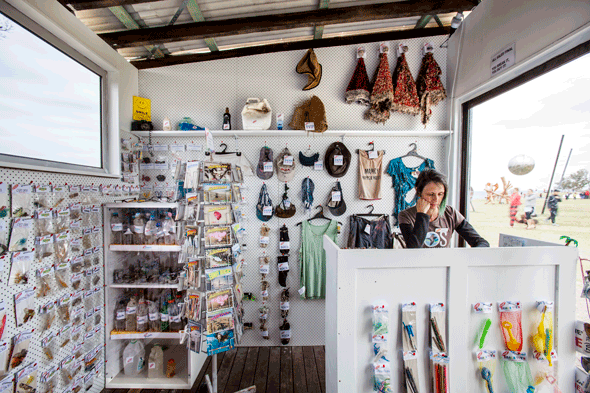
Do you have any advice for young artists who are still finding their way in the art world?
Keep at it! If you have a calling, you won’t have much choice but to follow it. You may have to supplement your income for some time. I would also suggest using your talents with movements to create change like the Extinction Rebellion for instance. Art is an important tool to raise awareness. Find what you are passionate about and how you want to create change in the world.
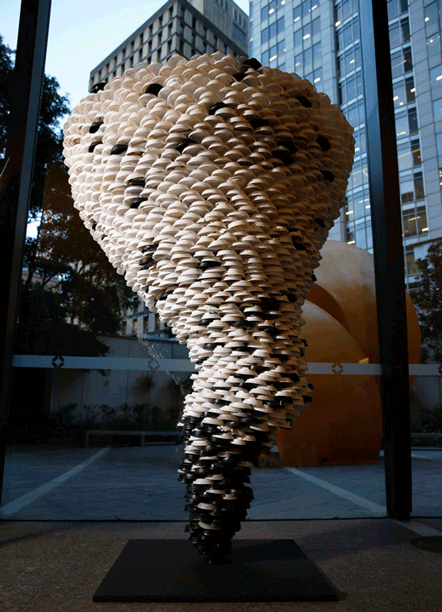
How has the recent COVID-19 pandemic affected your work?
At the onset, all my exhibitions and shows were canceled. However, they are now slowly returning and I have a plethora of material such as facemasks, gloves, takeaway containers to work with which are just adding to the already out of control waste issue!
Where can people follow you and learn more about your incredible work?
Instagram: https://www.instagram.com/marinadebris/
Website: http://washedup.us/
